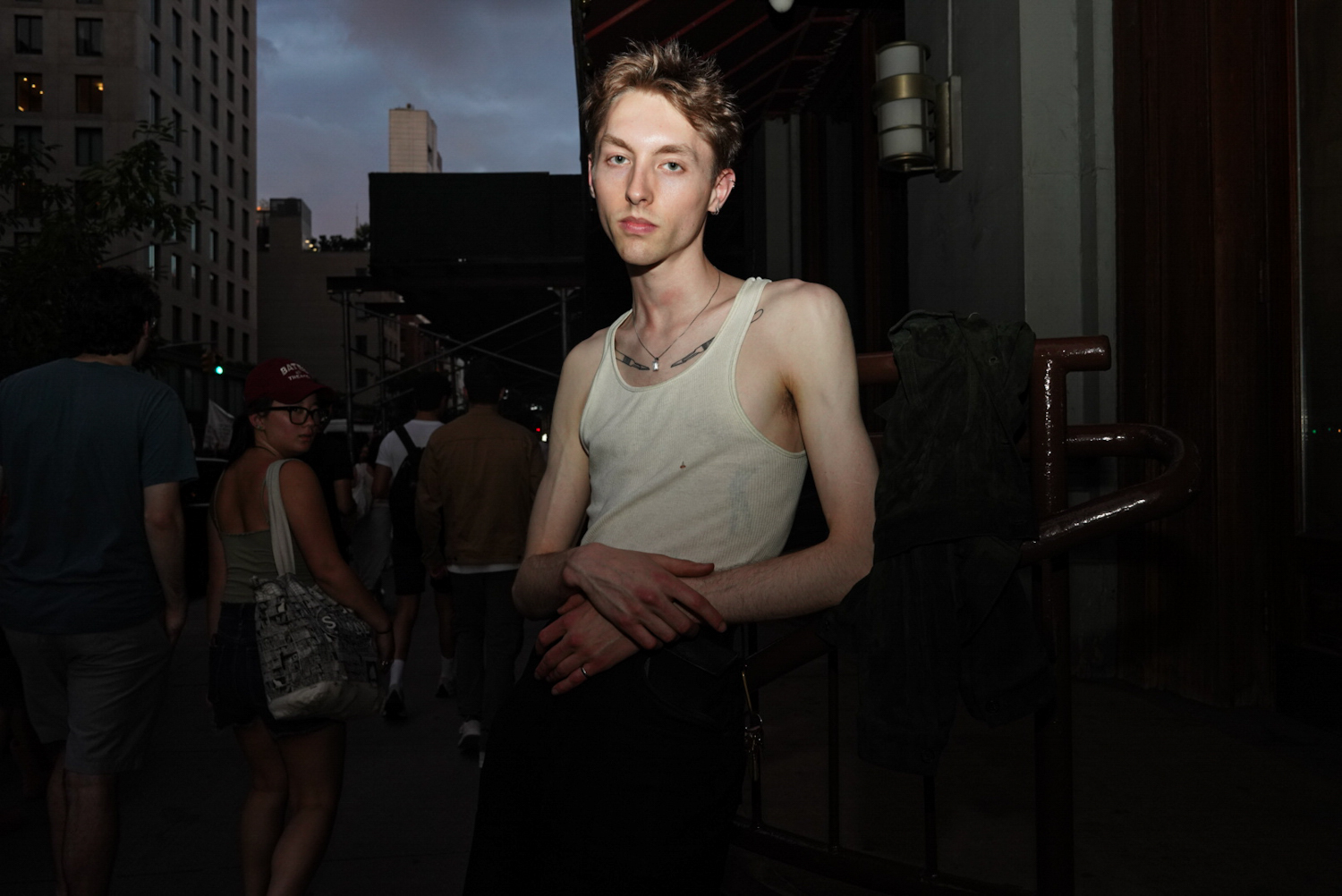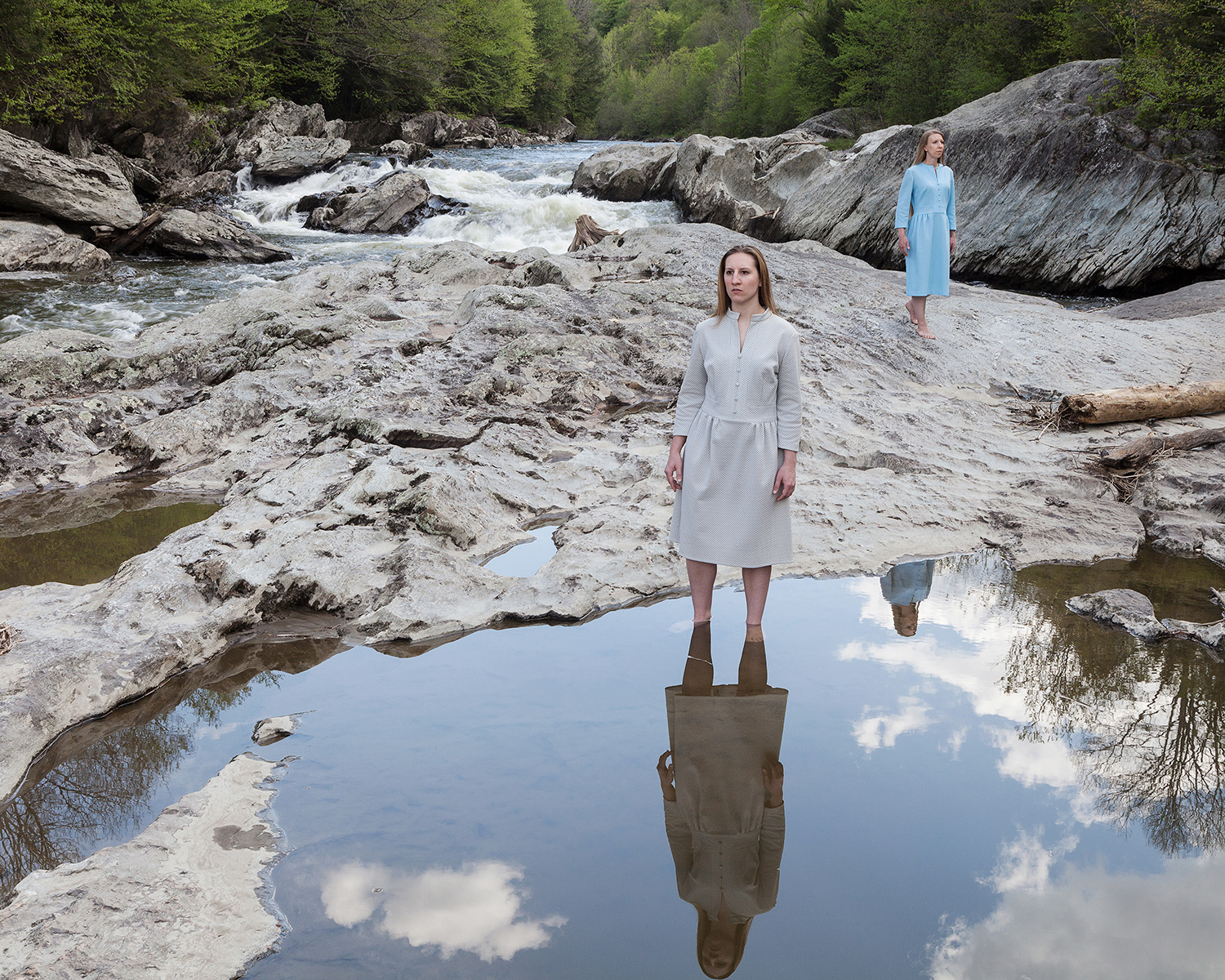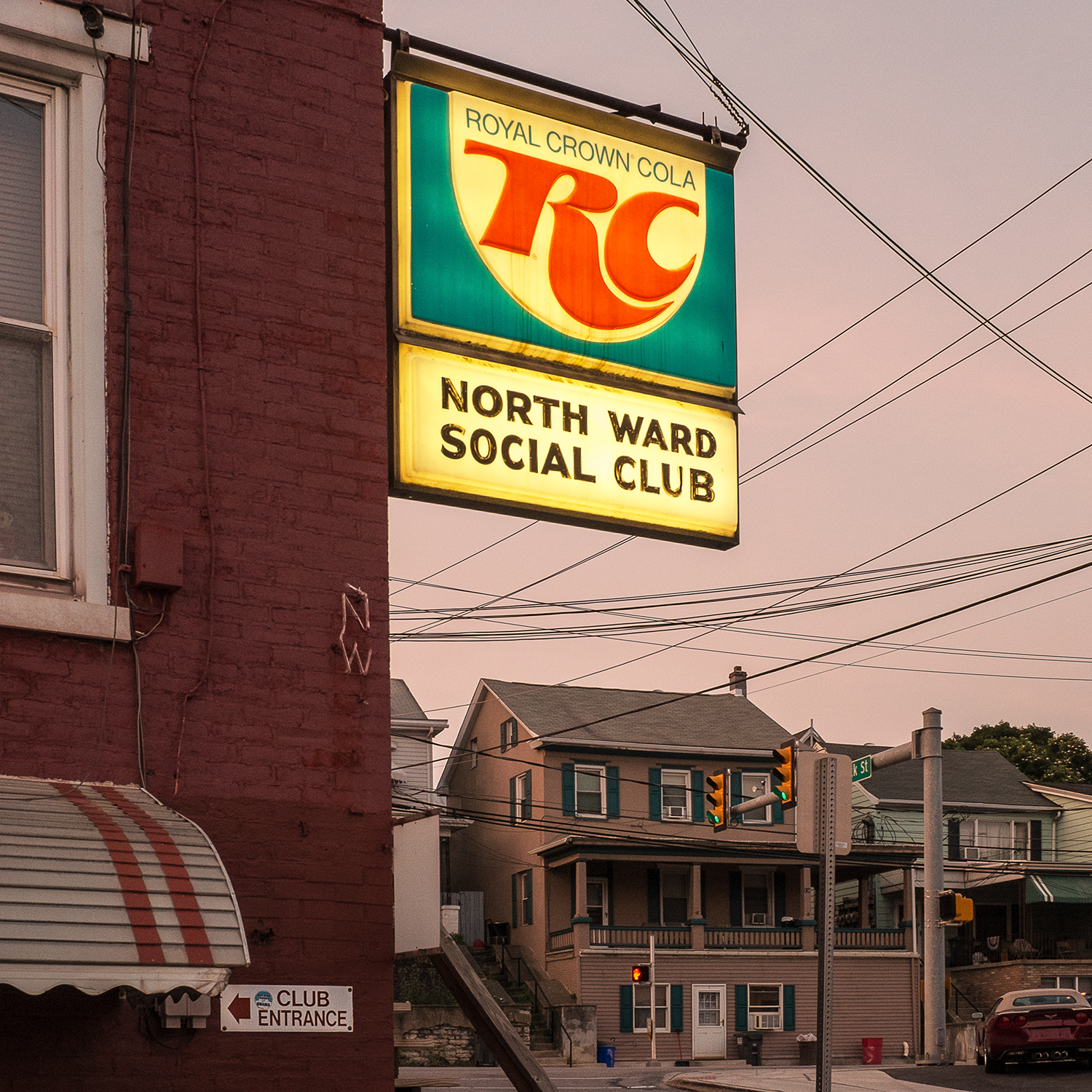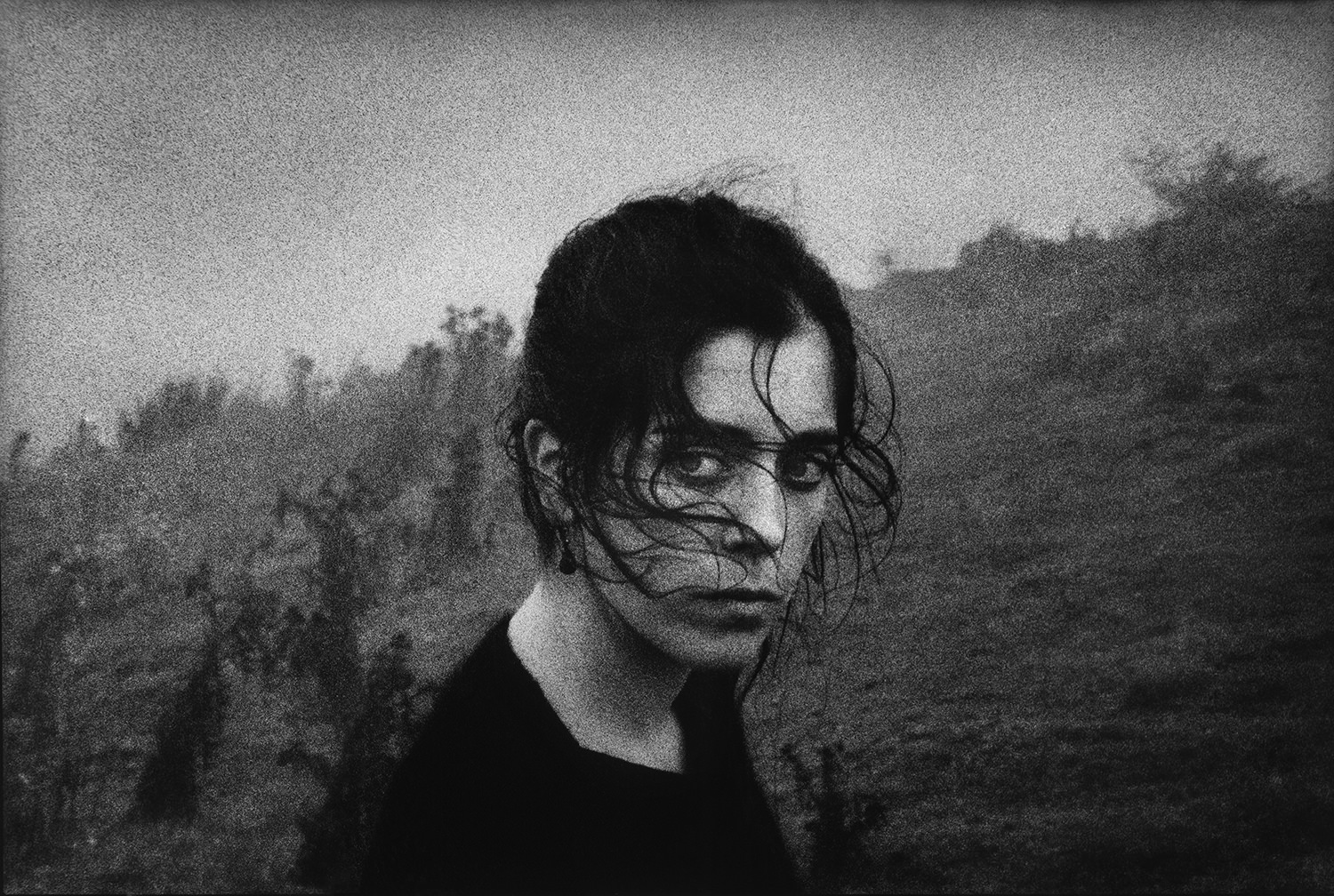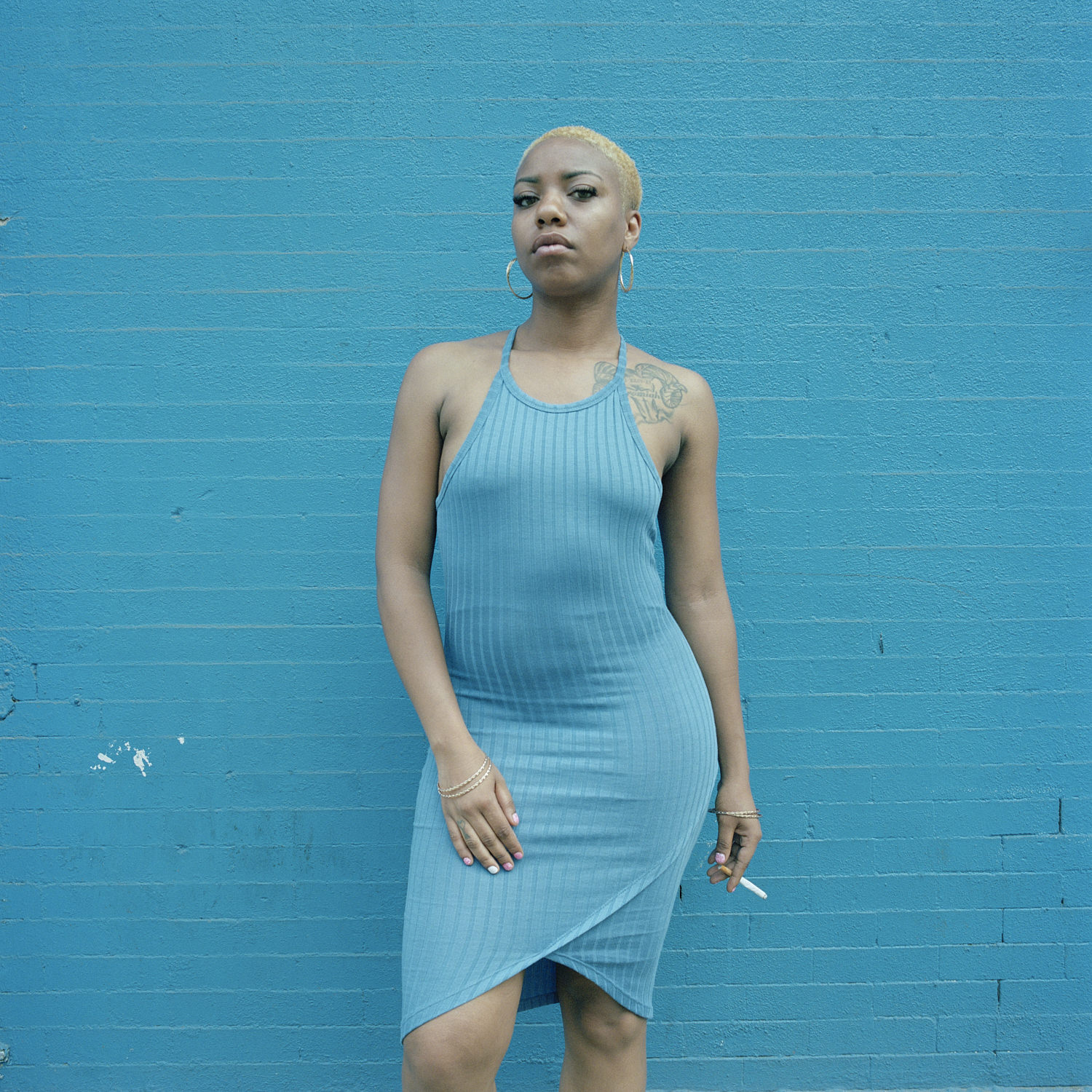
My first question will be about the start of this project. How did it all begin?
I first went to the Cannes Film Festival in 2013. I thought that it would be quite a vacuous, trivial event and I had no intention of starting a project but I thought the festival would be fun to see and photograph. I soon realised how many strange and compelling things were happening there. I loved watching the fans, the socialites and the many hangers-on. I relished photographing amongst the heady mix of business, glamour, lust, greed, vanity and politics. There’s a seedy side to the festival that I find particularly interesting. By the end of my first festival, I was hooked and I knew I would keep coming back.
As far as I remember you started this project in colour to then move to black and white. What were the reasons?
Before it was a project, I posted a few colour shots on social media, but once I decided to return every year I decided on black and white. I felt that with the very varied lighting conditions, black and white would give the work a more cohesive look. I also wanted to distance my photographs as much as possible from the commercial celebrity photos that are almost all in colour. Although I like both colour and black and white, if I had to choose, I would pick black and white. To me, black and white simplifies visually but not emotionally.
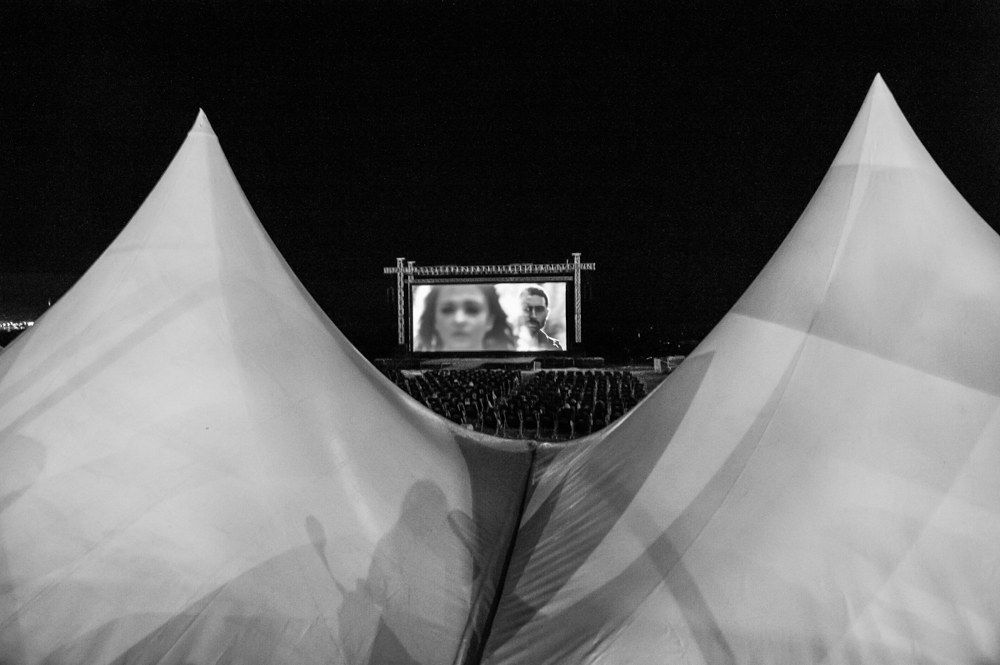

« I soon realised how many strange and compelling things were happening there. I loved watching the fans, the socialites and the many hangers-on. I relished photographing amongst the heady mix of business, glamour, lust, greed, vanity and politics. «
You started by shooting from the public’s point of view to then take photographs inside the Palais des Festivals and stars walking on the red carpet. How did the project evolve over the years?
For the first couple of years, I didn’t have accreditation. I thought that it would be good to have greater access but as only publications and media outlets can apply for accreditation, I asked the editor-in-chief at Carnet d’Art, Kristina D’Agostin. (Carnet D’Art publishes a quarterly art and culture magazine, as well as books.) I was delighted that Kristina agreed to apply for accreditation on my behalf. My Cannes story is featured each year on Carnet d’Art’s website. It has been fun to experience the red carpet and I’m very grateful for Carnet d’Art’s support.
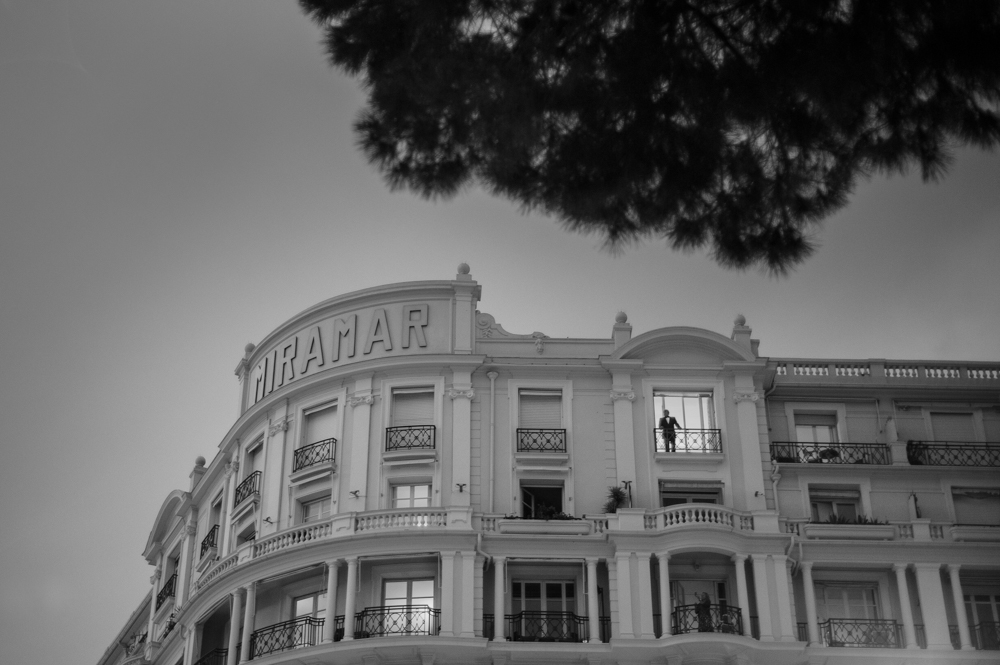
Both sides are certainly complementary even though the public’s point of view seems more interesting. It is also a side of the festival that we don’t usually see. What do you think?
I agree … the non-official photography is much more fun and more revealing and interesting. Last year I was quite annoyed when I felt I had to head to the red carpet for a late afternoon screening, just when the light was gorgeous and I could have been in the streets. Although I was excited to be shooting the red carpet in the beginning, I now find it quite dull. We have to use zoom lenses and we are supposed to stand still in our allocated spot. I love wide lenses and moving around. Next time I go to the festival I probably won’t apply for accreditation and will stick to photographing in the public areas.
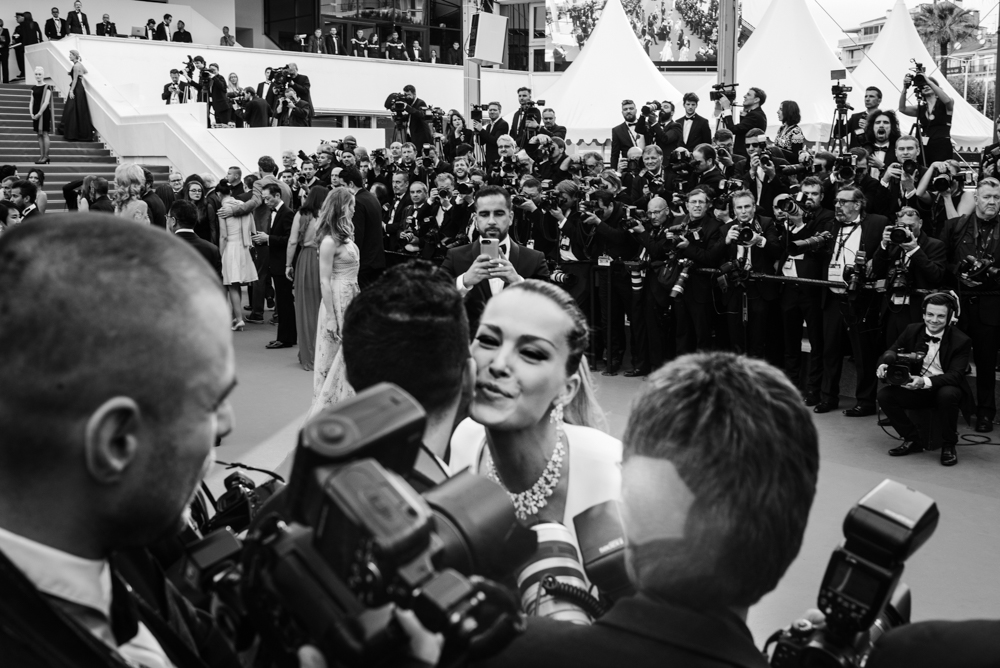

Did you have opportunities to attend private parties?
I would love to, but it’s really hard to get invitations to attend these parties and the only photographers who are allowed to photograph are the official ones. It’s a great pity that candid Film Festival party photographs are possibly a thing of the past. We will have so few worthwhile ones from this era … nothing but boring official shots and lots of group selfies taken on phones.
I understand the project is now over and that Carnet d’Art is about to publish a photobook of it. Did you solicit a few publishing companies before signing with them? Have you also thought of self-publishing?
Jacques Pion, a fellow Dalam Agency photographer, encouraged me to start making this book happen. He made me realise that I was ready. Even though I do plan to return to photograph during the festival in the future, I have so much material and, after five years, the timing does seem right to make a book.
I turned to Kristina D’Agostin, for advice and she suggested that they publish the book. I was delighted. Carnet d’Art has been instrumental in the development of this project. We have worked together for several years and we understand each other. It’s a perfect fit and I saw no reason to look any further.

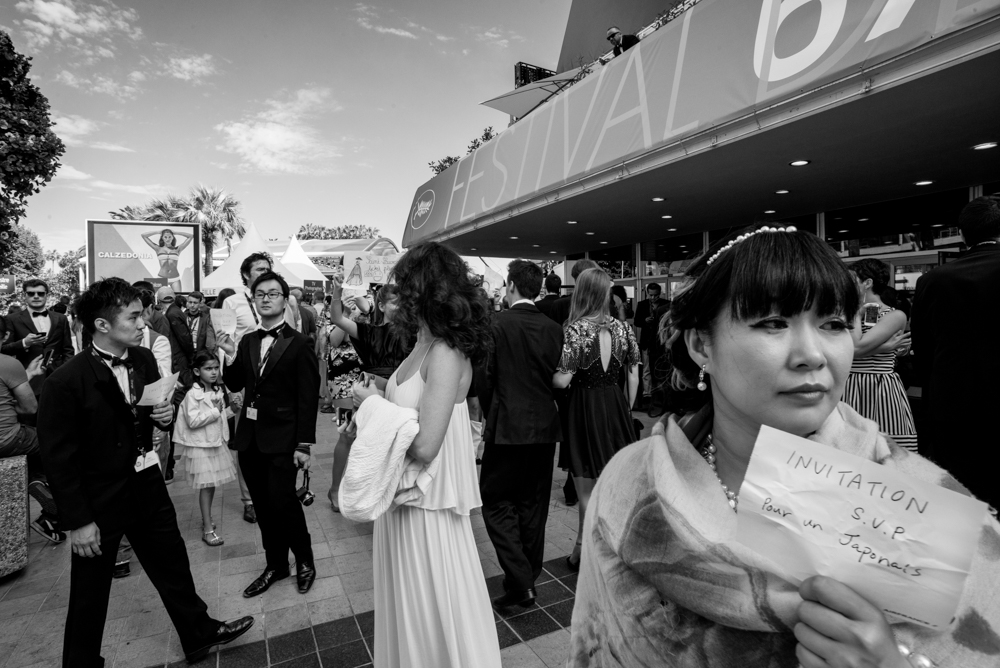
« The non-official photography is much more fun and more revealing and interesting »
How did you work on the photo editing?
Jacques Pion, helped with the image selection. I sent him a wide selection and a tighter selection. He suggested that I take some out of the tight selection and add others from the wide selection. Graciela Magnoni and Daniel Donnelly, photographer friends who are based here in Singapore, helped out with sequencing. Later, as I work with Carnet d’Art on the layout, I’m sure the edit will evolve further.
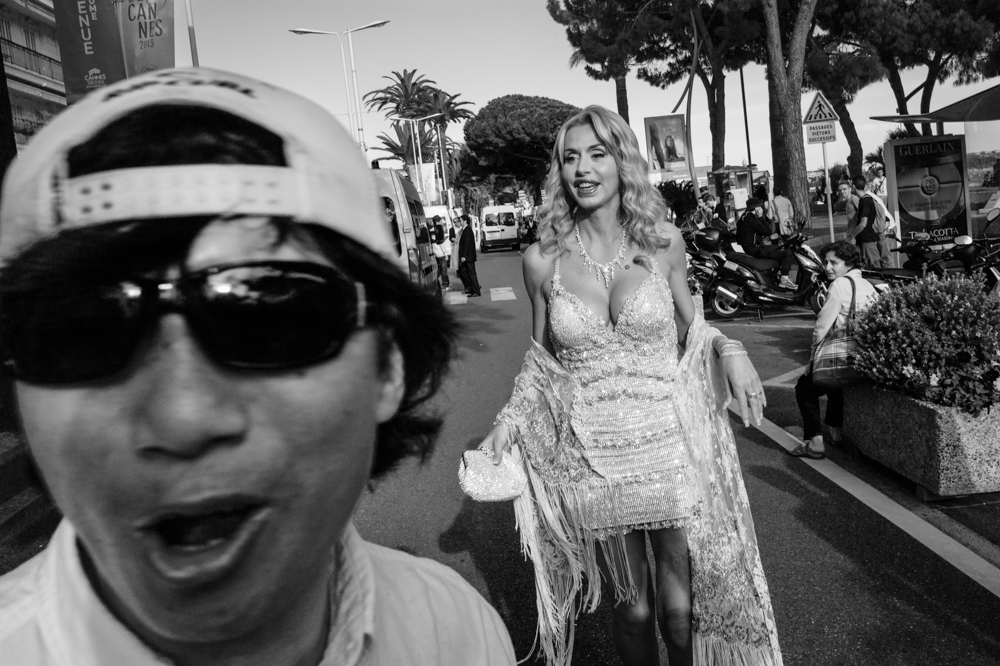
You will soon be crowdfunding a part of the photobook. How will you organise your marketing campaign to fund your book?
Carnet d’Art will arrange the book’s pre-sales (at a discounted price) through a platform named “helloasso”. Helloasso is a funding platform reserved for associations based in France. They don’t take a cut from the funds raised. Once we have confirmed the details with the printer, we will set up a link on Carnet d’Art’s page on helloasso. Even though I won’t run the campaign, I will be very involved with promoting the Another Cannes book’s pre-sales and sales on websites and social media.
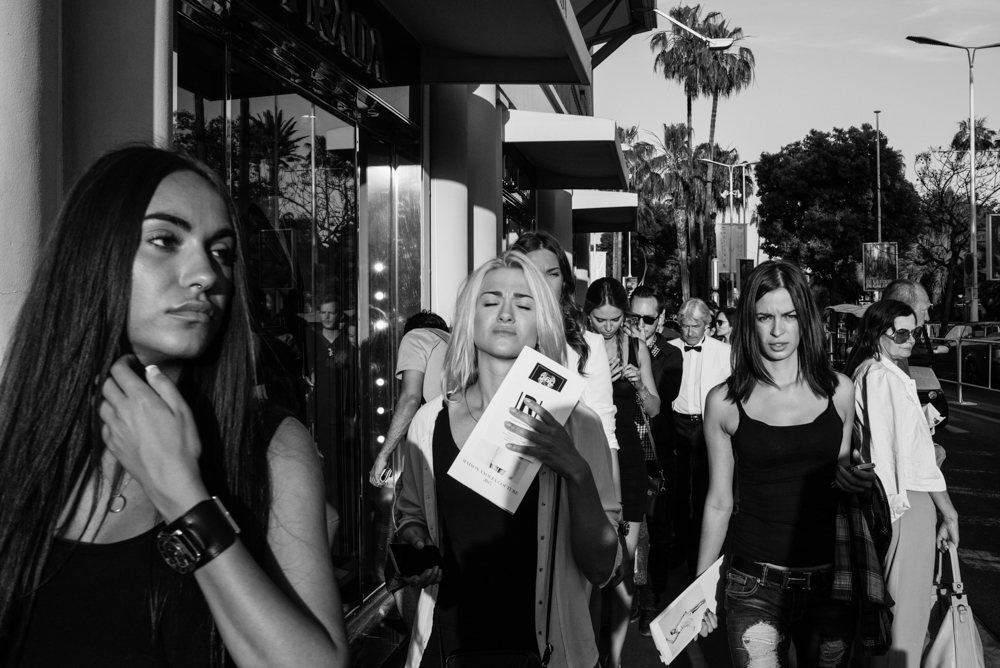
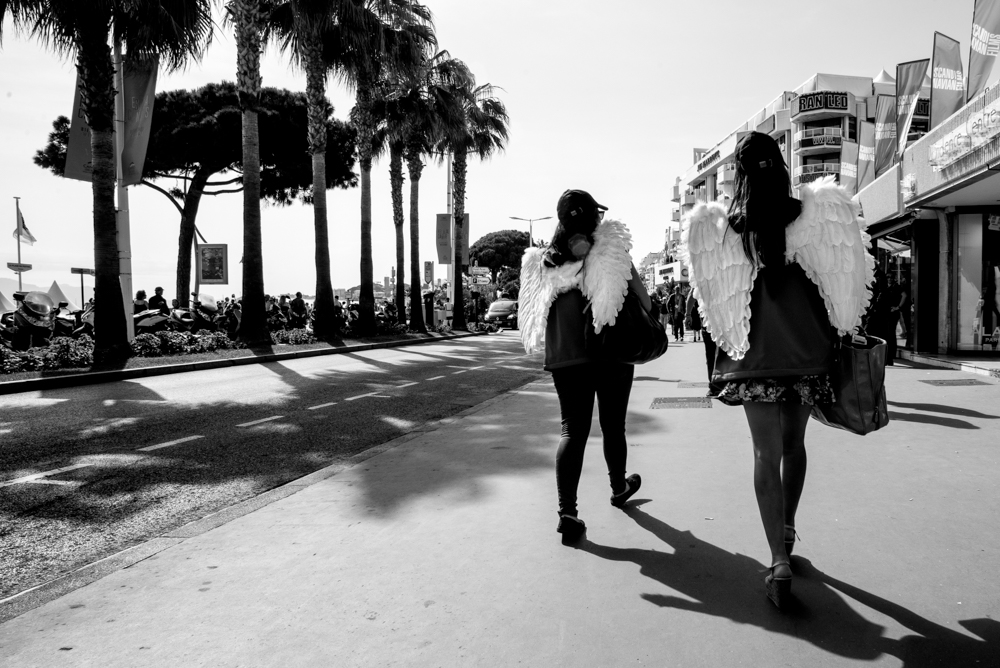
Top 5 photobooks
Minutes to Midnight – Trent Parke
Past Perfect Continuous – Igor Posner
The Americans – Robert Frank
Half Life,- Michael Ackerman
Dead Traffic – Kim Thue
Interview Jérome Lorieau / In Frame
Photographer’s Links: www.amccauley.ch | Instagram

